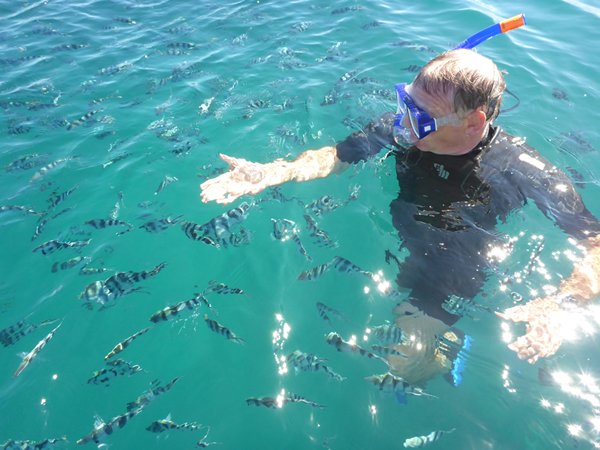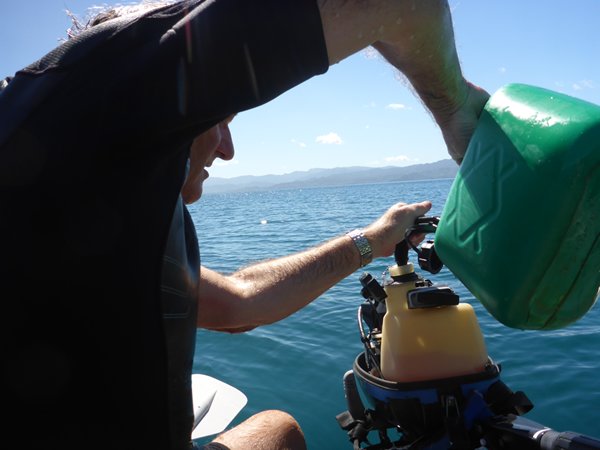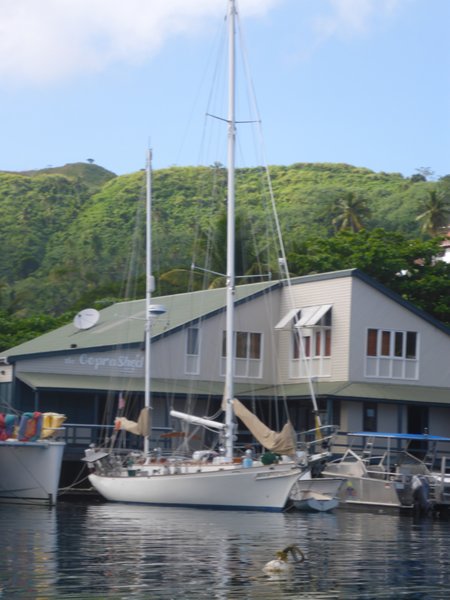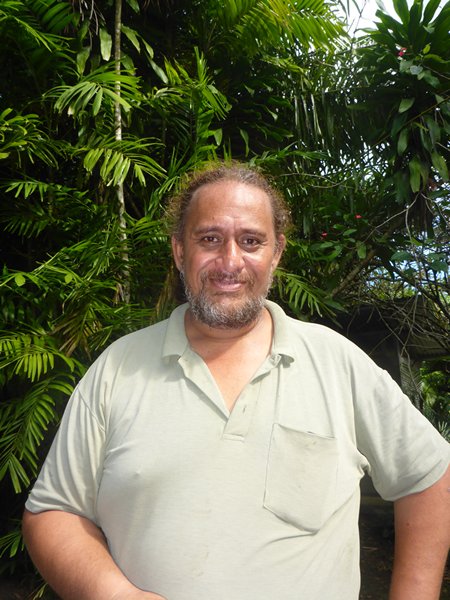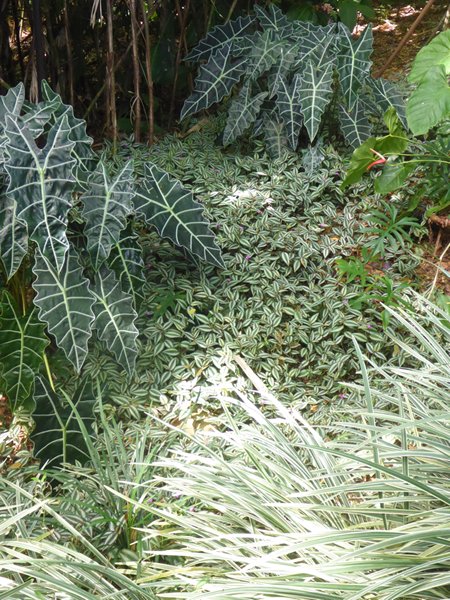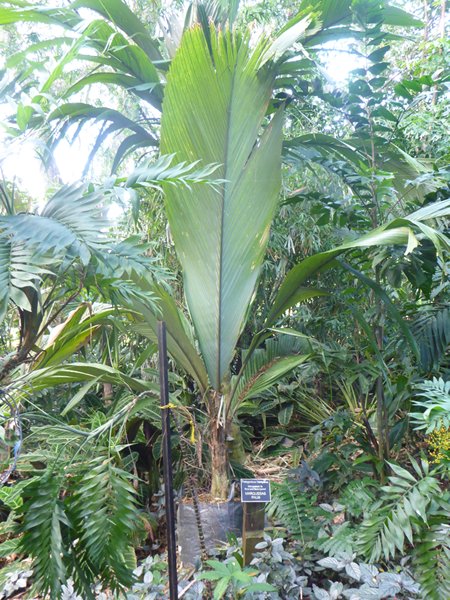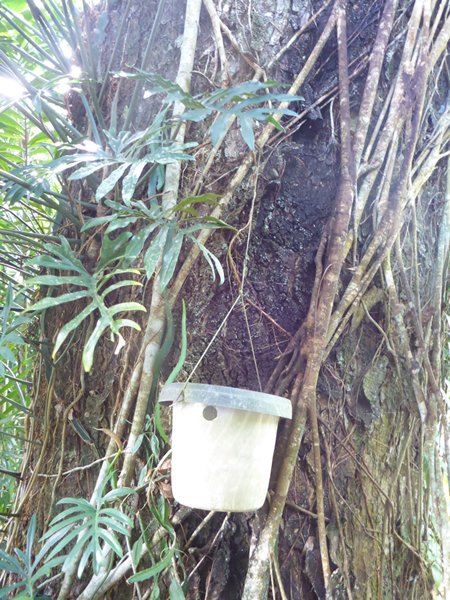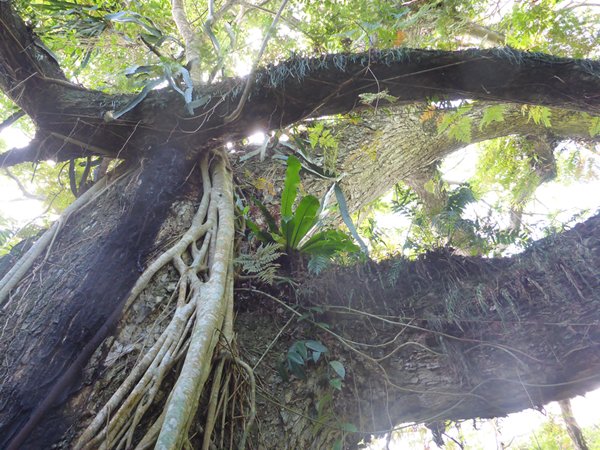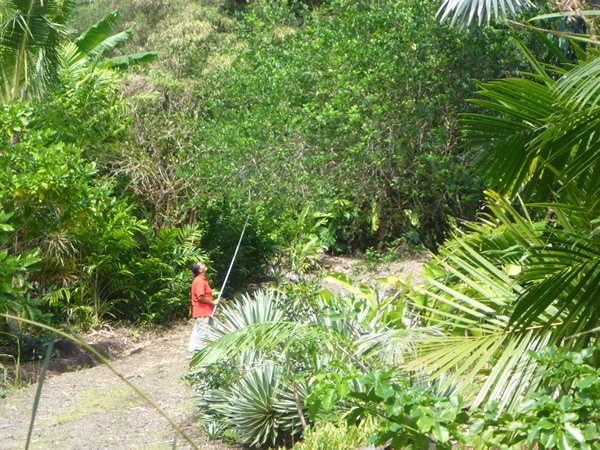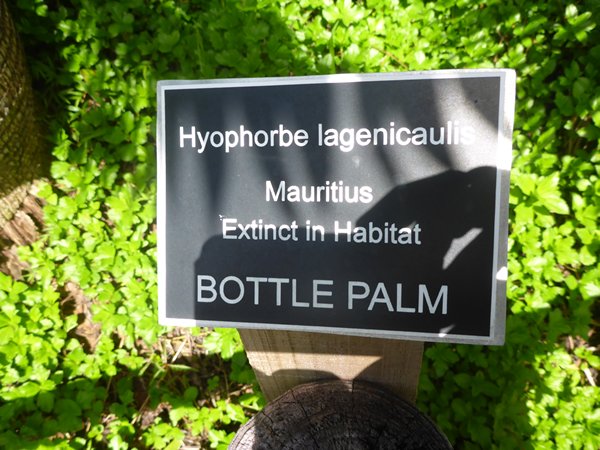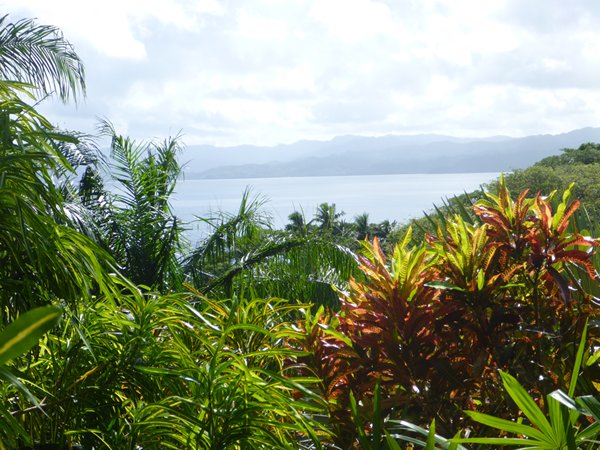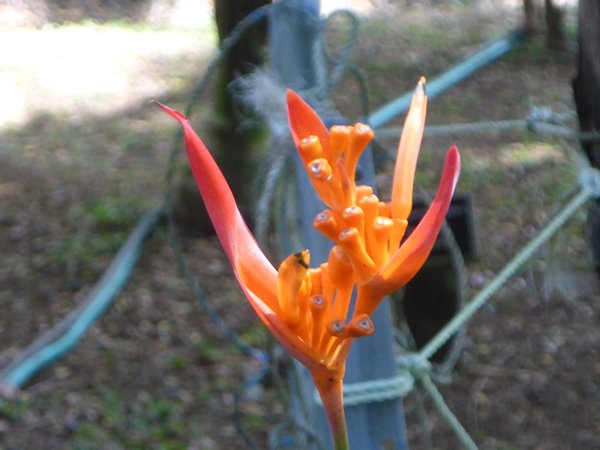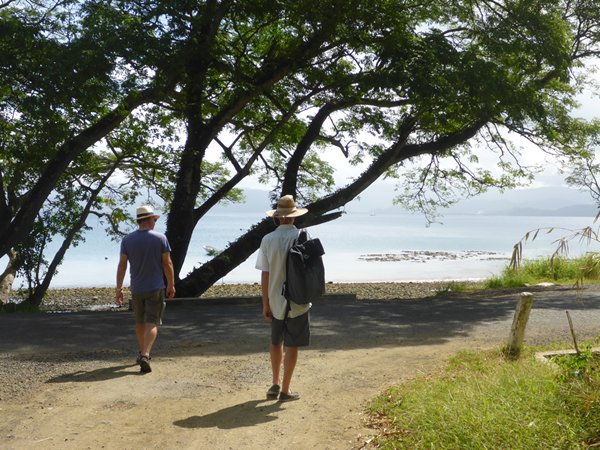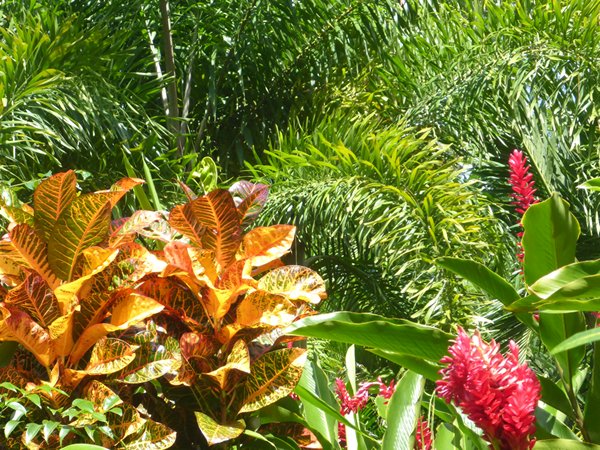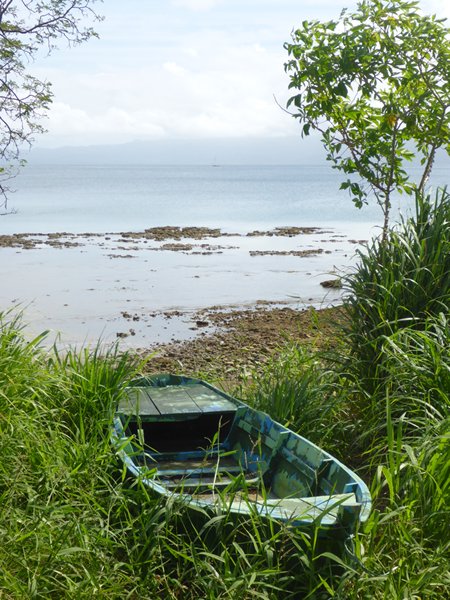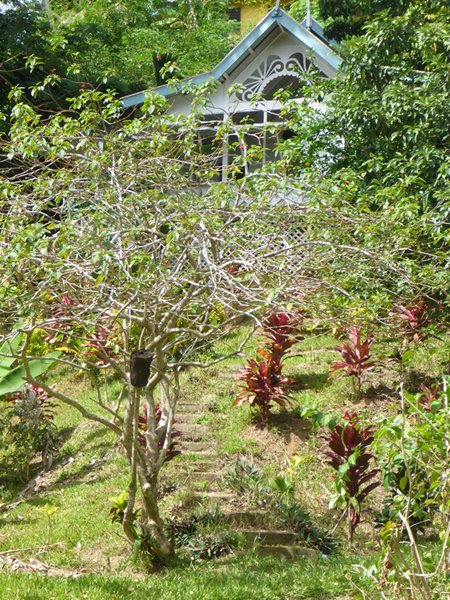Flora and Fish of Savusavu

|
A Long Way by Tender Zoonie had passed the Jean-Michel Cousteau Dive Resort on our arrival at this island and there is a neat little anchorage there in an area clear or cleared of reef that cruising yachts are welcome to use for one night or so on arrival to or departure from here, we may well use it ourselves for the same reason and in addition for another opportunity to snorkel. Jean-Michel is Jacques Cousteau’s first son although in the past the two were at loggerheads over the management and policy of the elder’s Cousteau Society and when Jean-Michel set up on his own here his father sued him for using the family name. It’s all on Wiki. Just beyond the anchorage there are a few coral heads and one has a split through it and so is called split rock. A few metres away is what used to be a red buoy but is now pale pink and we tied our tender to it after the longest trip we have ever done In our little boat lasting over 40 minutes. I was amazed there was enough petrol in the tank, in fact one quarter remained so with that and the reserve tank we knew we’d get back ok. We were prepared to move the dinghy if the Cousteau team returned and asked us to. Rob suggested we flop over the side at the same time so as not to tip the dinghy but my flipper got stock under the inflated tube so there was an inelegant struggle from my side and an unseemly splash before we were both enjoying the black and white sergeant major fish that keenly awaited our arrival. Dozens of them surrounded us and started nipping us. They were after the breadcrumbs we had been told to bring. So with the bag now emptied into their little tummies they lost interest we were allowed to go and explore. The water was a little cloudy so I decided not to take the camera. The coral was badly damaged by Cyclone Winston and the sea bed was strewn with coral ‘bones’. What there was lacked a bright variety of colour and the most successful was the hard flat mats of ochre coloured coral that lay like throw overs on the ancient coral heads. Despite the loss of their habitat there were lots of tropical fish varying in size and colour. The one that sticks out for me was about 8 inches long with a radial pattern of pastel colours on its head and a different pattern on its body. Was this a colour designed to attract a mate or more suited to its pre-Winston habitat I wondered. It was a kind of wrasse. Back alongside the dinghy Rob had tied a red loop of rope to the side line so we could take a step before heaving ourselves back over the cushion at the end of our first snorkel trip in Fiji. Bogiwalu – eight nights of wind. Following on from our fishy adventure we took a taxi with Mark the five minute ride to the Flora Tropica Gardens, near the Cousteau resort for some floral fun. One of the questions I had for Enoch, the Garden Manager, was ‘what was the Fijian name for the period of strong wind we had arrived in?’ He explained that Bogi is Fijian for night and walu means eight and is relatively uncommon this time of year. Good we thought, that gives our cruising plans a chance. When I asked if there were any Sandalwood trees here as they were once a major export industry like the Kauri in NZ, he replied in the negative but explained that in various parts of the tropics GM Sandalwood and Mahogany saplings are being planted by the thousand for a quick growing crop to replace the original slow growing natural version of these fine ruddy hardwoods. Enoch was a long line fisherman working out of Taiwan in a previous life and conserving nature instead of ravaging it is now his passion. A tall man he had a painfully swollen leg that was discoloured grey and could have been cellulitis and as Mark explained was made worse by his being overweight. He wore an open friendly _expression_ and spoke with a quiet intelligence and I would have liked him to be our guide but it is a self-guided tour with a thoroughly researched double page small typeface guide, (at least I could take that home) so off we went for nearly two hours of head craning and shared discussion, not all about the 200 palms that reside here. Many of the palms are extinct in their natural habitat with one notable exception, the African Palm (used for palm oil). This as you know is being planted over millions of acres of slashed, cleared and burned prime rainforest, destroying the natural habitat of the few remaining animal and plant species that used to fill the tropical rainforests to abundance. Used for example in making biscuits for the world’s human sweet tooth. The only value is profit. One of our first ‘finds’ was the fishtail palm with its many medicinal uses to do with the digestive tract from sore throats and mouth ulcers right through to its use as a laxative. Unlike the many others we were invited to touch, pick, bruise and smell this leaf!! By way of a variation (!) the mighty uplifted arms of the Baobab tree hold the title as being the new superfruit with its history of healing and sustaining humans in a literally delicious way. In liquid or dried form the essence of the tree has been described positively as citrus, pear, vanilla, grapefruit and caramel. Although a pesky and destructive beetle would not agree. The bucket on its trunk contains a pheromone designed to attract the male beetle who is then trapped in the bucket, unable to mate. The Marquesan Palm is so rare it is on loan and arrived in its own travel bag and the Bottle Palm succumbed totally to the burrowing snouts of pigs in the wild. Anne in the red top was busy cutting lemons for her boss from the high branches of a tree when we first saw her but she came over for a chat and walked with us back to the gate. We tried and failed to reach a taxi driver by phone willing to come and collect us. Then Anne also tried and failed so we started walking back along the level bayside road. The gardens had been beautiful, a sanctuary to rare palms, but the homes and gardens at the start of the walk, before I thumbed down a taxi, were exquisite; I will let the photos speak for themselves.
|
